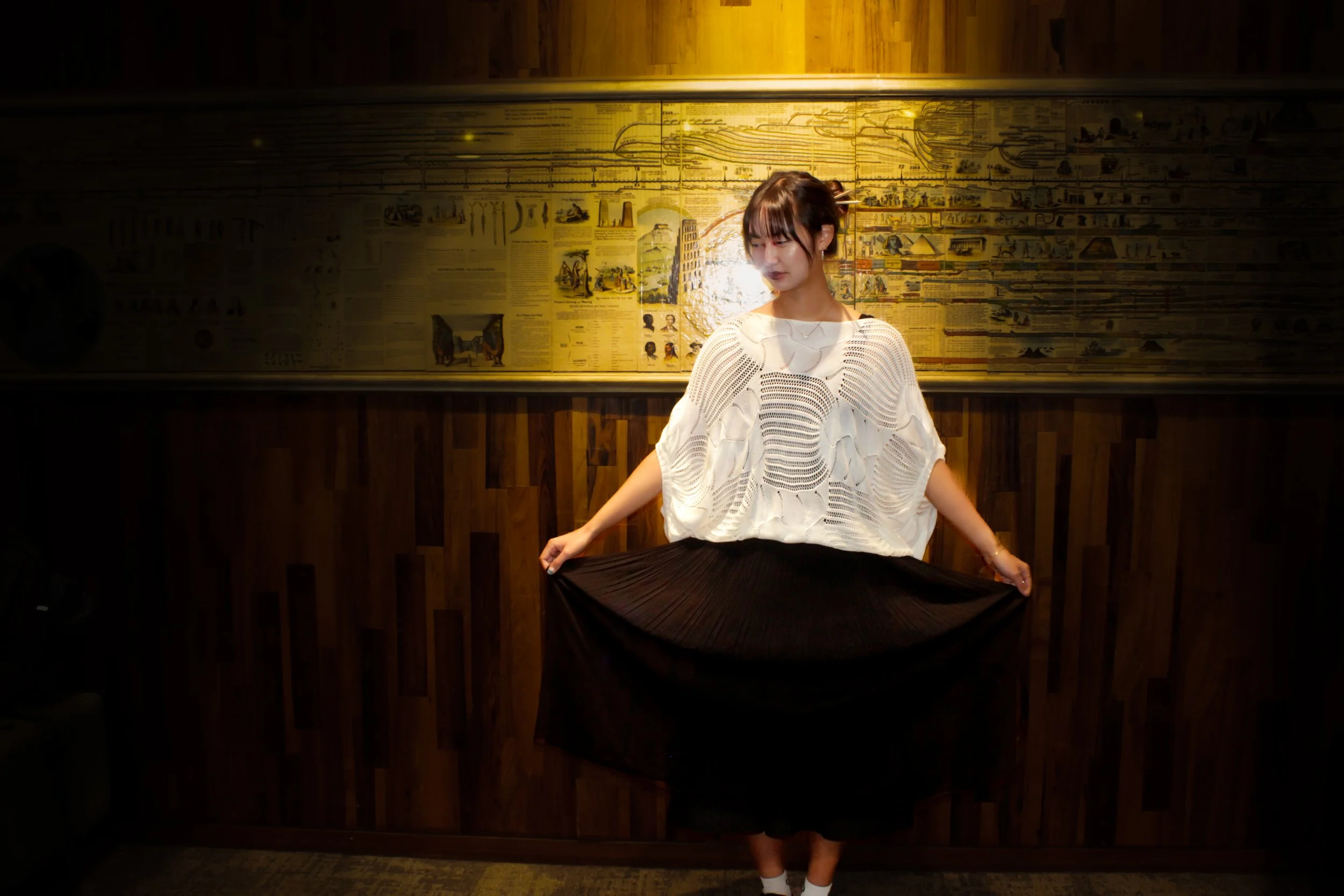Altars You Can Wear
On May 4, 2015, Rihanna stepped onto the steps of the Met in a gown so massive it required several handlers to carry its train. The piece, a canary-yellow cape trimmed with fur and covered in intricate embroidery, quickly went viral as the “omelette dress.” This was the Western fashion industry’s first real encounter with Guo Pei, the Chinese couturier who had spent nearly three decades building a body of work defined by technical rigor, historical depth, and cultural pride.
Guo Pei was born in Beijing and studied at the Beijing Second Light Industry School, where she graduated at the top of her class in fashion design in 1986. At the time, China had no haute couture tradition; fashion was tied to utilitarian and uniform aesthetics shaped by decades of political ideology. During the Cultural Revolution, bright colors and ornate garments were discouraged, with citizens largely wearing standardized Mao suits. Against this backdrop that prioritized practicality above all else, Guo’s ambition was radical: to not only create beautiful garments but also to revive and reinvent Chinese craft traditions that had been sidelined for years.
In 1997, she founded Rose Studio with a clear philosophy: clothing should carry cultural soul. This was most evident in her use of embroidery. While Western couture houses prized hand-beading and surface embellishment, Guo made embroidery the centerpiece of her designs. She layered garments with gold thread, seed pearls, crystals, and hand-painted silks, and many required tens of thousands of hours to complete—a single gown could take over two years of continuous labor. Guo often described her studio as not just a fashion house, but a revival workshop.
One of her earliest breakthroughs was her 2008 collection, “An Amazing Journey in a Childhood Dream,” where models walked in sculptured gowns resembling palaces and porcelain vessels inspired by her own childhood memories of making origami toys. This show was widely considered the moment Guo positioned herself as not just a designer, but as a custodian of cultural heritage, merging Qing dynasty motifs with avant-garde silhouettes.
The technical demands of her work are staggering. Guo often incorporates gold thread embroidery, a craft requiring painstaking precision. Gold thread cannot be pierced with a needle like standard fiber; instead, it must be hand-couched to the surface of the fabric, stitch by stitch. Many of her gowns involve layered appliqué, three-dimensional relief embroidery, and structural underpinnings that resemble architectural scaffolding more than dressmaking. The weight of these pieces—sometimes more than fifty kilograms—turns them into essentially wearable monuments.
Beyond technical innovation, Guo’s work engages deeply with cultural symbolism. In China, the color yellow was historically reserved for the emperor, symbolizing power and cosmic centrality. By designing Rihanna’s now-iconic yellow gown for the Met Gala’s “China: Through the Looking Glass” exhibition, Guo was not only creating a spectacle but reclaiming a visual language of Chinese imperial history for the global stage. The gown’s embroidery featured floral motifs and phoenix imagery—symbols of prosperity, rebirth, and feminine power in Chinese culture. Its circular train, which stretched over 16 feet long, resembled the sun itself, an emblem of vitality and eternity.
Her 2017 “Legend” collection in Paris further demonstrated her ability to merge the Eastern and Western hemispheres. Inspired by the Cathedral of St. Gallen in Switzerland, the collection featured gowns resembling stained glass, covered in Swarovski crystals and hand-beaded panels that refracted light like gothic windows. By interpreting European religious architecture through Chinese embroidery traditions, Guo demonstrated couture as a universal language. Ornate arches became structured bodices, vaulted ceilings were transformed into layered skirts, and rose windows appeared as circular, crystalline motifs shimmering across fabric.
The weight of Guo’s couture is both literal and metaphorical. Her garments are famously heavy, but they also ask the wearer to carry the burden of cultural history and devotion. Unlike most couture, which often seeks to flatter or dramatize the human figure, Guo’s designs shift the relationship between garment and wearer: the individual becomes a vessel for the garment’s story. In this way, they are less clothing than altars—sanctuaries built on the body, inviting awe and reverence.
Written by Jennifer Le, Photography: Noe Trujillo, Design: Rutuja Wadekar, Social Media: Zaara Hashmy, Styling: Deb Zhang


